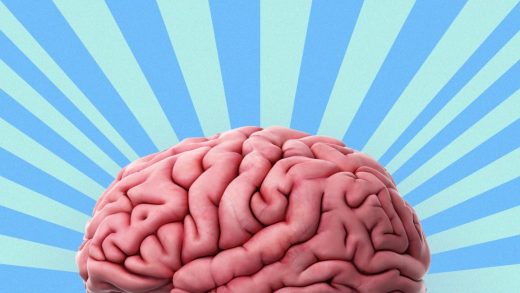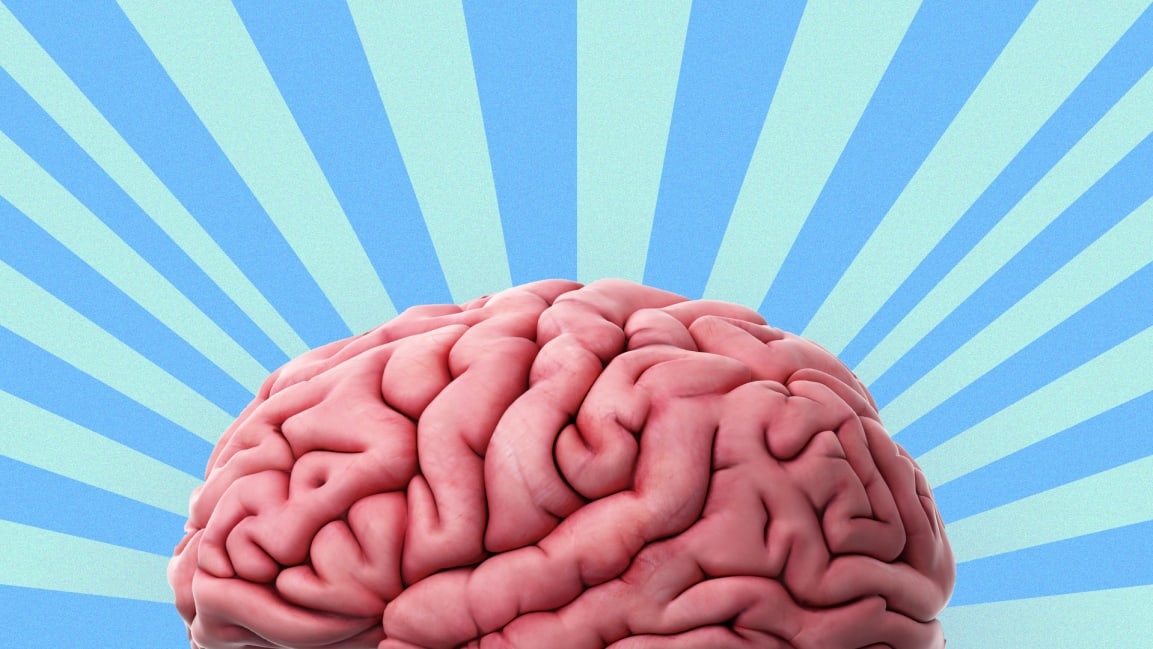Trying to make the perfect workout or sleep playlist? In the future, you’ll be able to strategically choose music to evoke specific emotional states.
Tim Greer, a musician and Ph.D. candidate at USC’s Viterbi School of Engineering, wanted to map which music causes specific neural, psychological, and emotional responses, so he had 40 volunteers listen to happy and sad songs while undergoing brain scans, heart and sweat monitoring, and subjective emotional response questioning. He then ran the data through algorithms. He found three easy emotional triggers:
Key. You already know that chords in major keys sound happy and chords in minor keys sound sad, but it’s the moment of
contrast between the two that triggers your emotional response. For example, switching from a minor to a major key creates a sense of release that makes you feel happy, such as in the chorus chords of Pharrell Williams’s “Happy.” This is why songwriters usually modulate between major and minor dozens of times in three-minute pop songs.
Complexity. Your body is stimulated by the addition of a new instrument or harmony, and it’s the juxtaposition of noncomplex and complex that triggers your emotions. For example, many songs open with one singer and one instrument (often a guitar or piano) before a huge band entrance. When that hits, “the listener really feels an emotional response—it triggers an emotional heating of sorts,” says Greer.
Dissonance. We find harmonic complexities to be stimulating. In particular, dissonance in minor keys really tugs on the heartstrings. You hear this often in solos that you would consider “raw” or “tortured,” as in Radiohead’s “Climbing Up the Walls,” where Thom Yorke sings dissonant notes and his strings are purposely mistuned a quarter-note off to further the clash.
Greer found that timbre also matters: A note played on a piano versus a violin triggers different emotional tones in listeners.
Next up: music chosen by your therapist to elicit that specific emotion that you can’t seem to generate on your own. Coming to a therapist near you in a decade.
You can check out images of the colorful brain scans on the USC Dornsife website.



